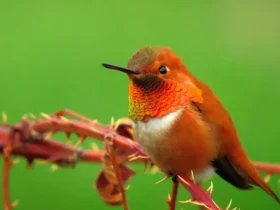The Rainbow Lorikeet (Trichoglossus moluccanus) is a dazzling and charismatic parrot species that graces the skies of Australia, captivating both bird enthusiasts and casual observers with its vibrant plumage and lively personality. With its rainbow-like colors and playful nature, this avian gem brings joy and vibrancy to its native habitats and has become a beloved icon of the Australian avian fauna. In this article, we will explore the captivating world of the Rainbow Lorikeet, uncovering its appearance, behavior, habitat, and the importance of conservation efforts to protect this cherished species.
Rainbow Lorikeet images
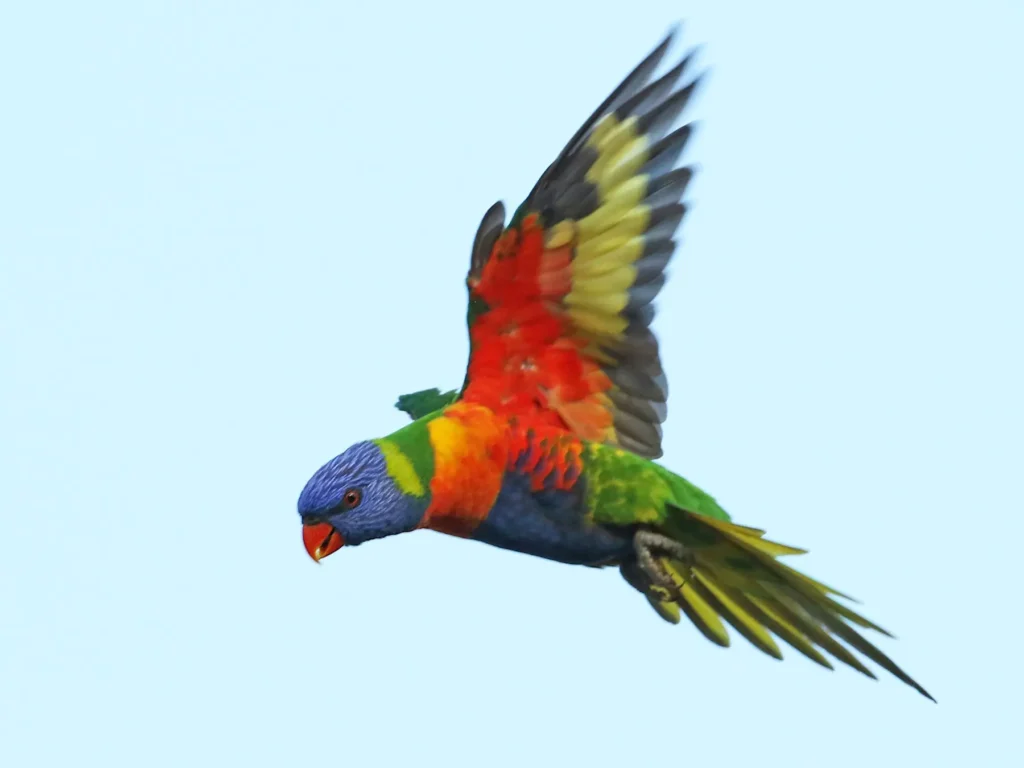
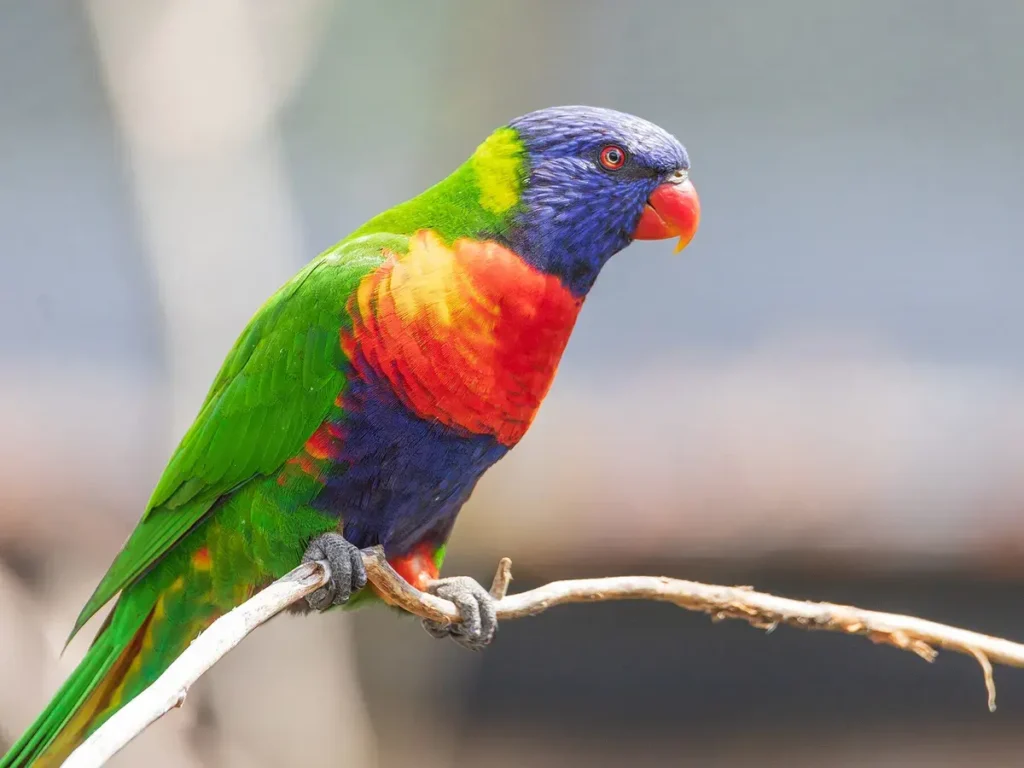
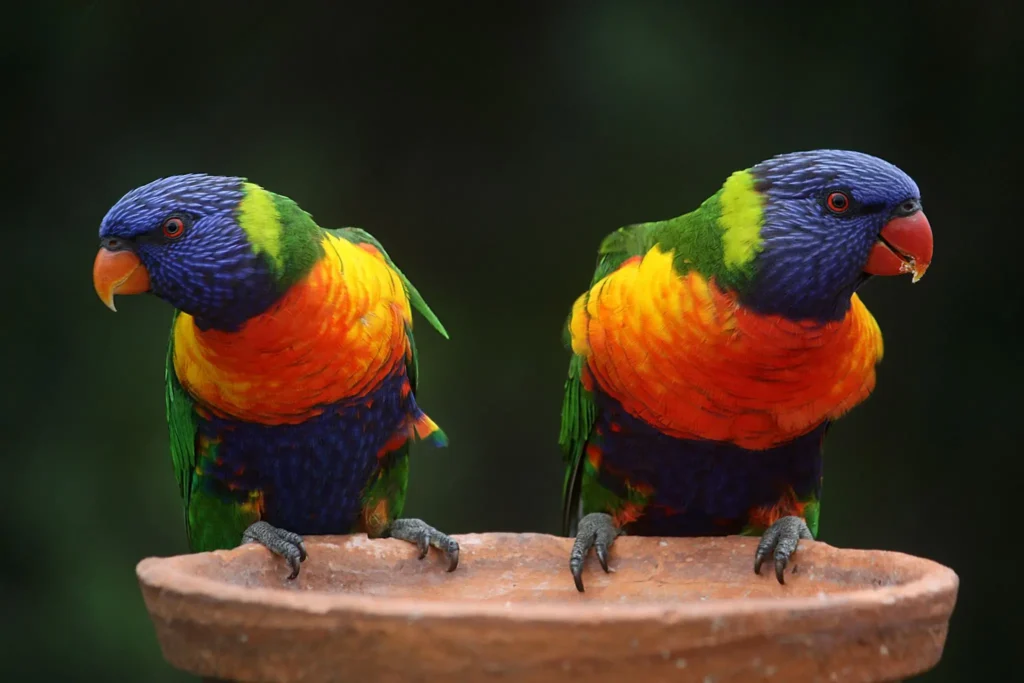
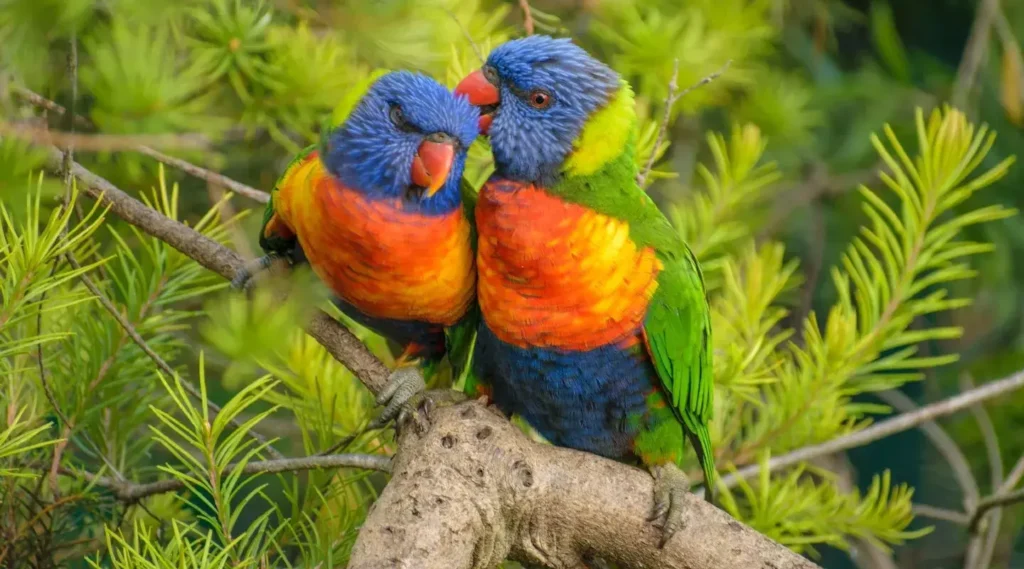
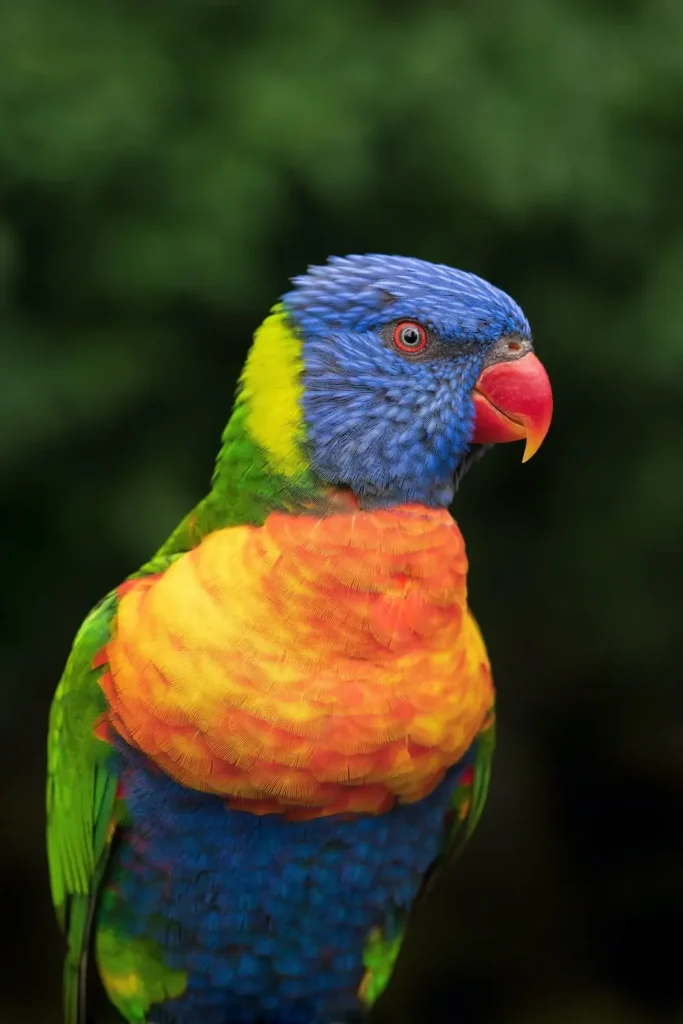
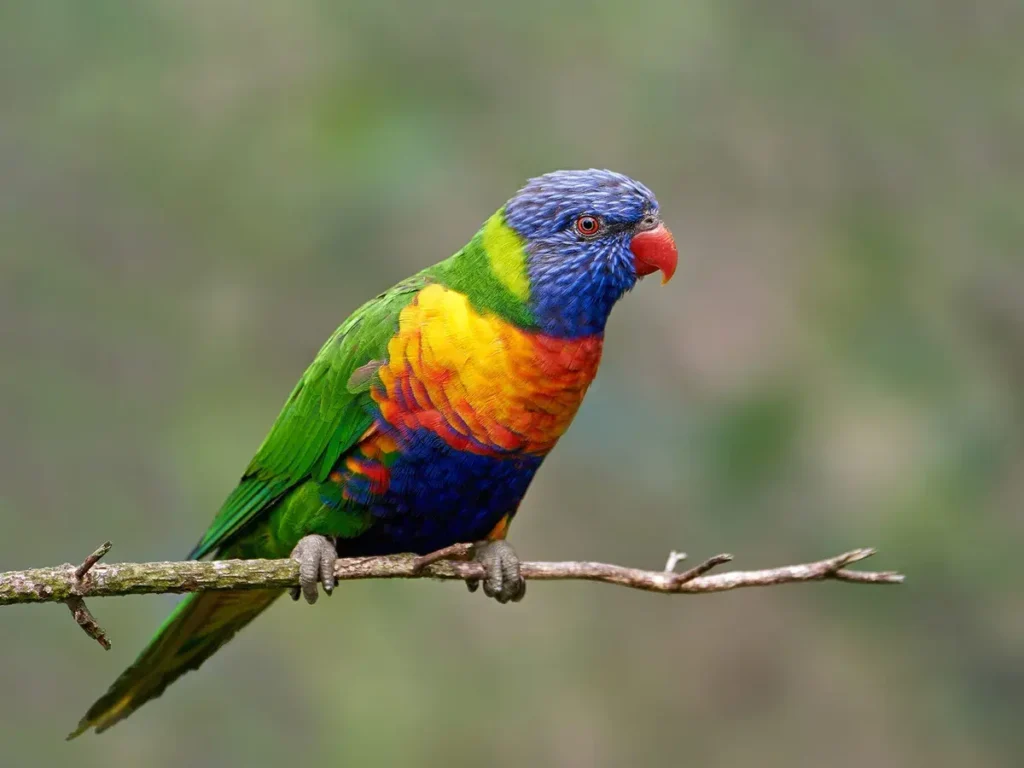
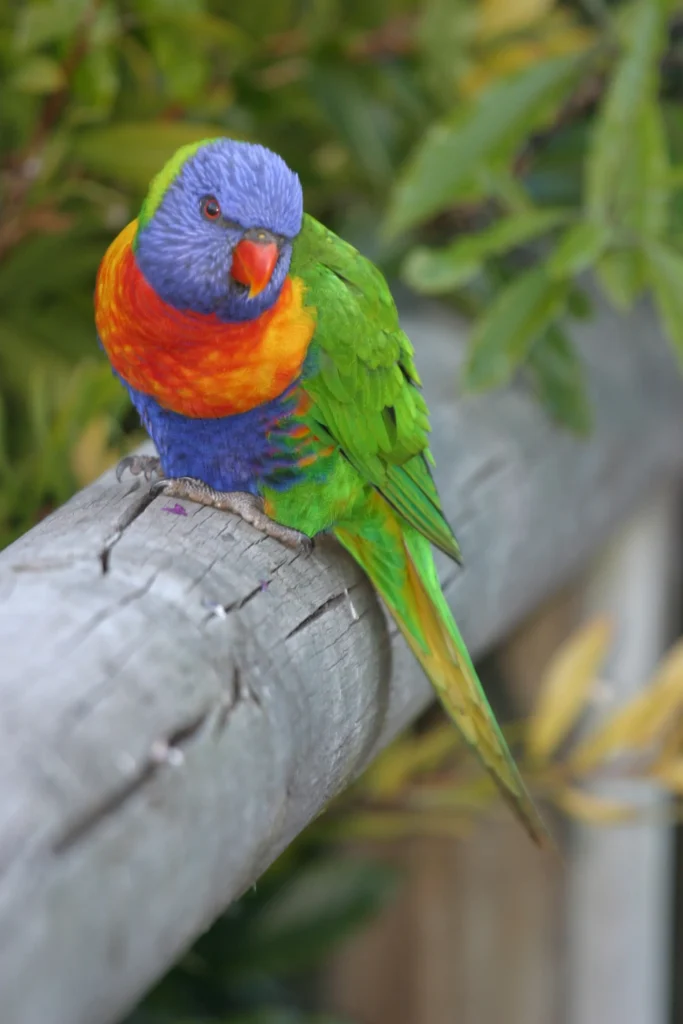
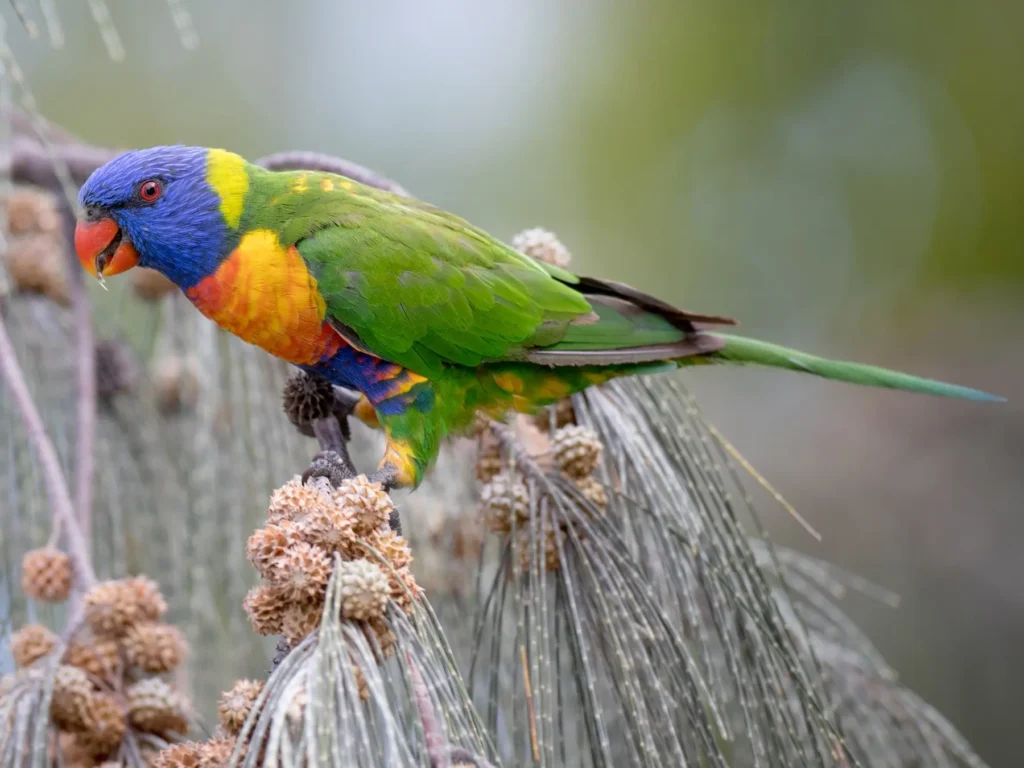
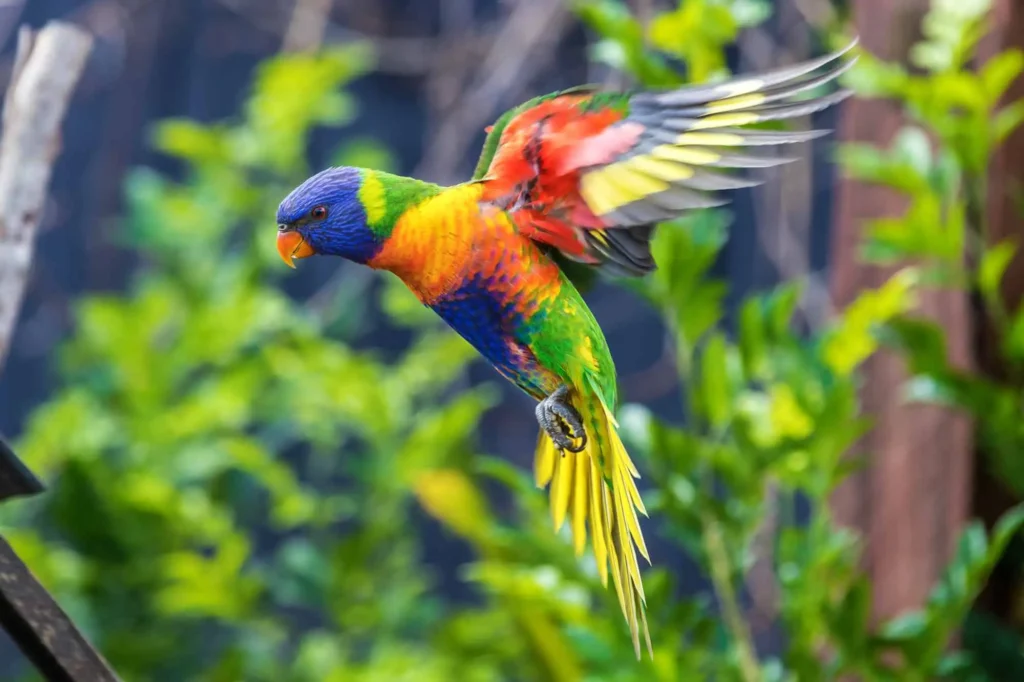
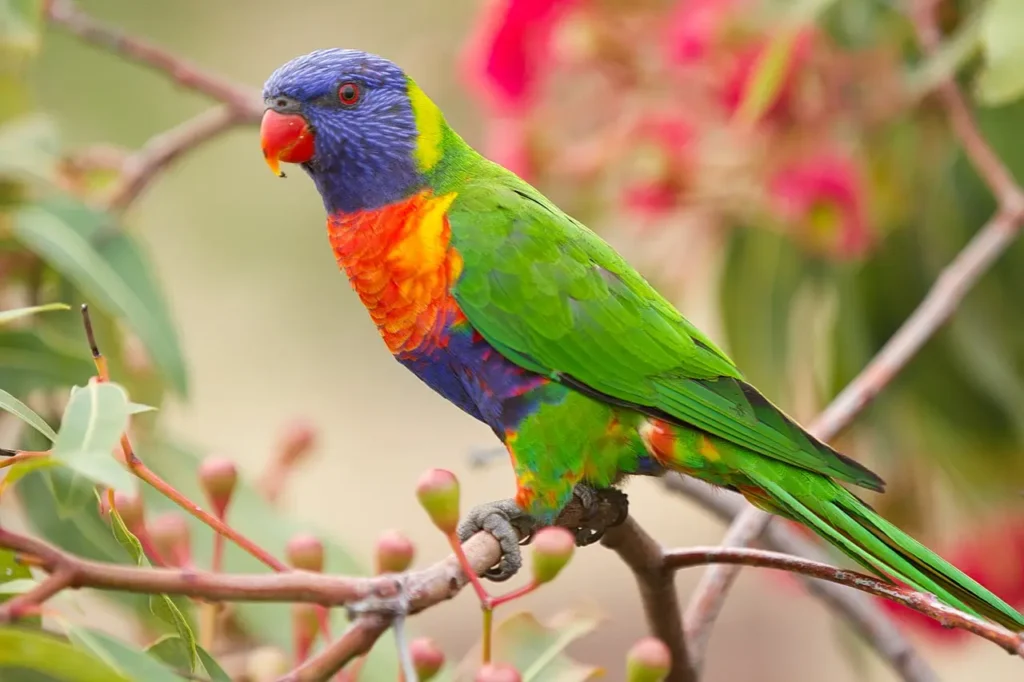
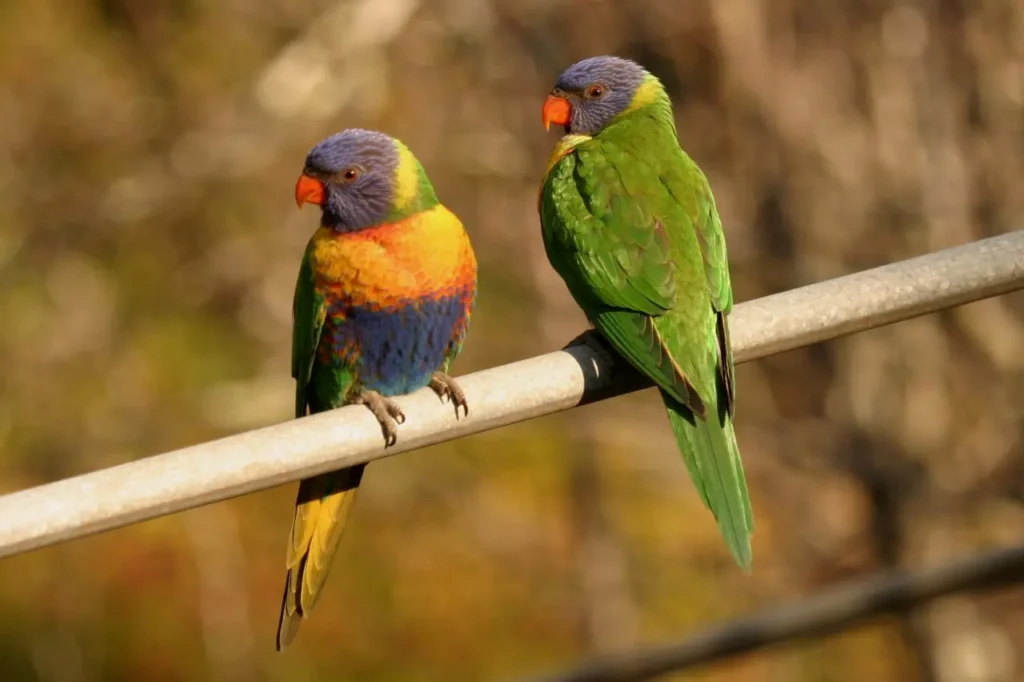
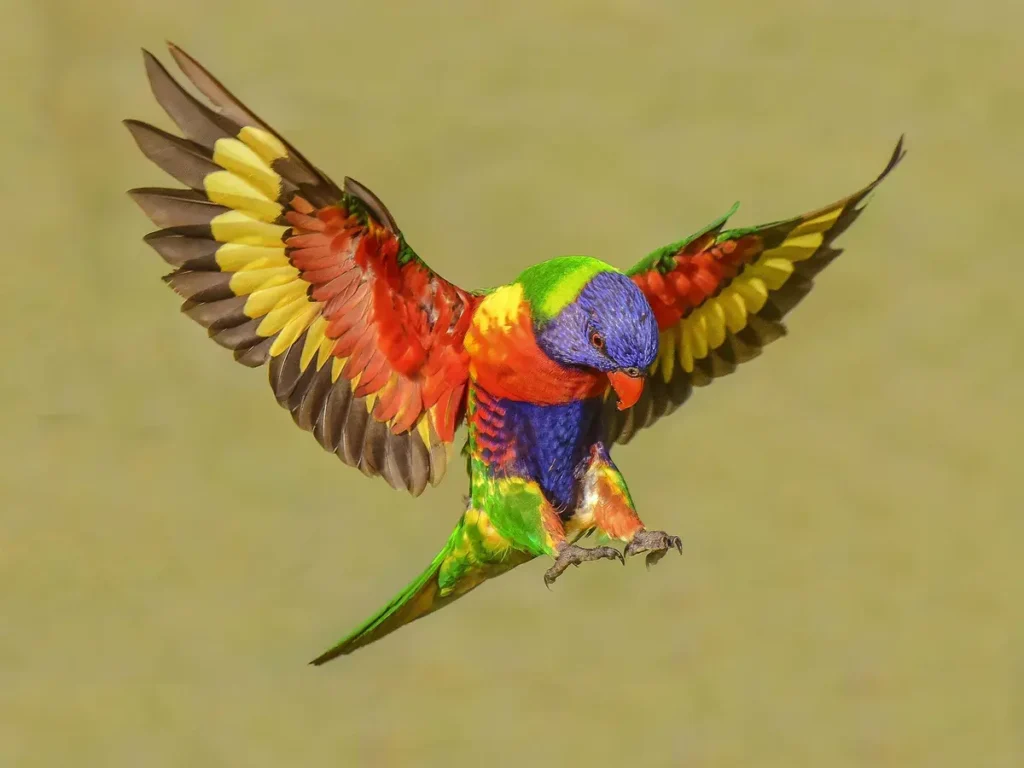
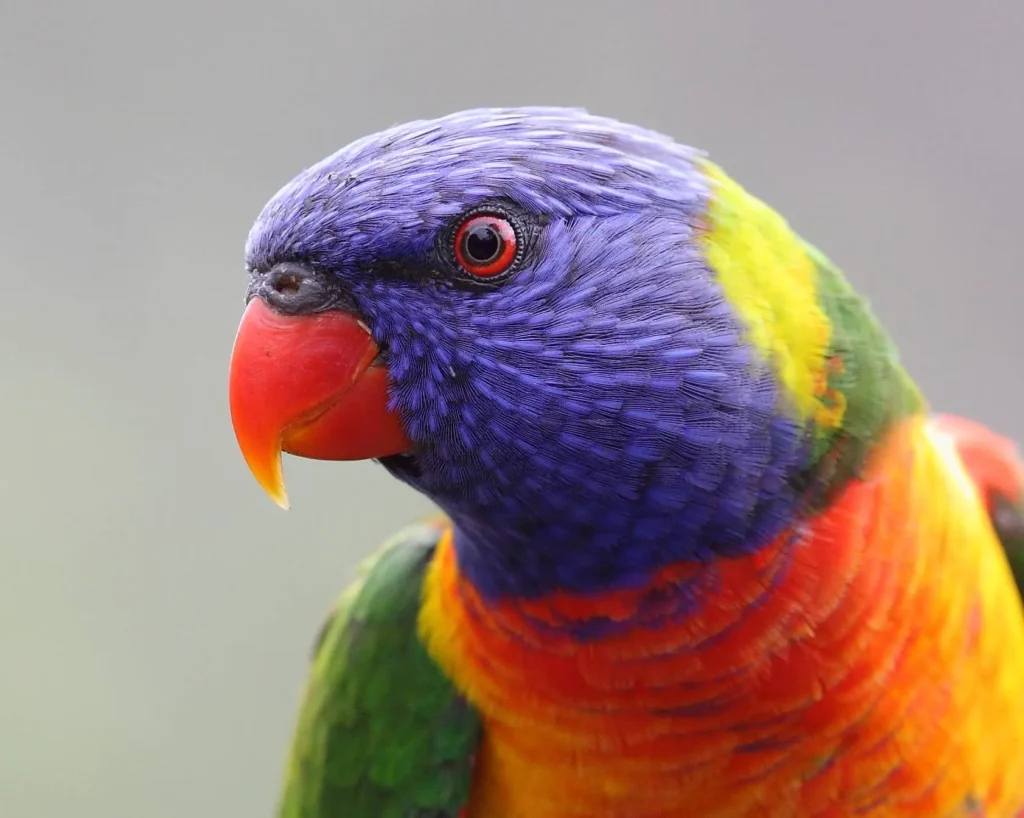
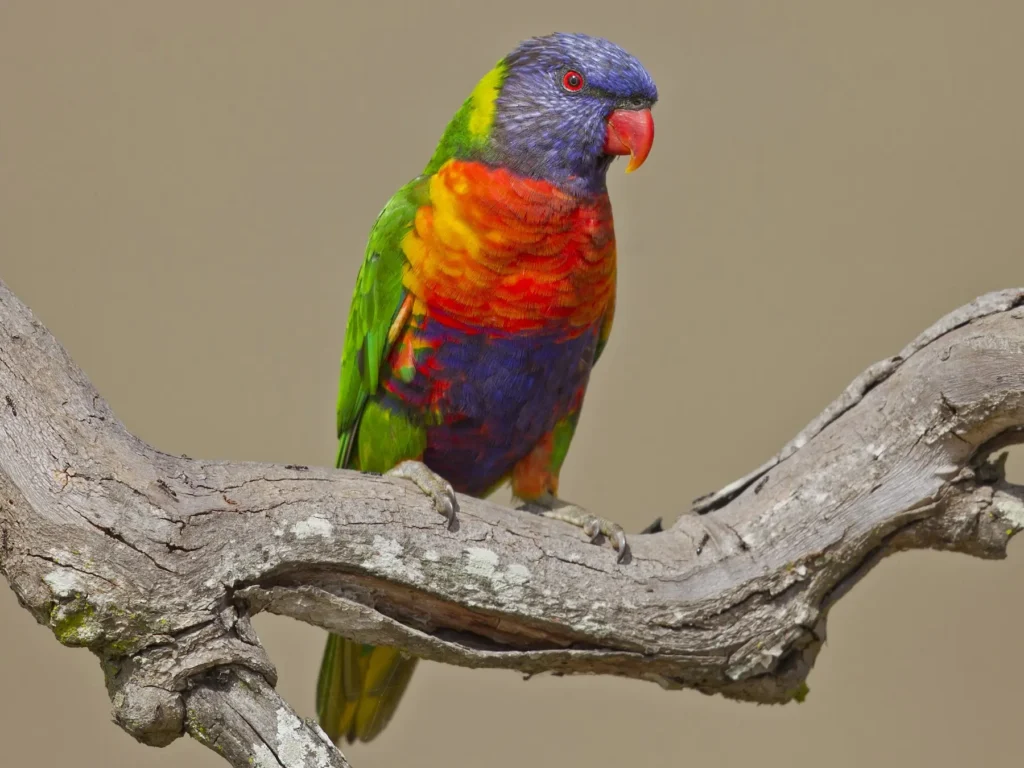
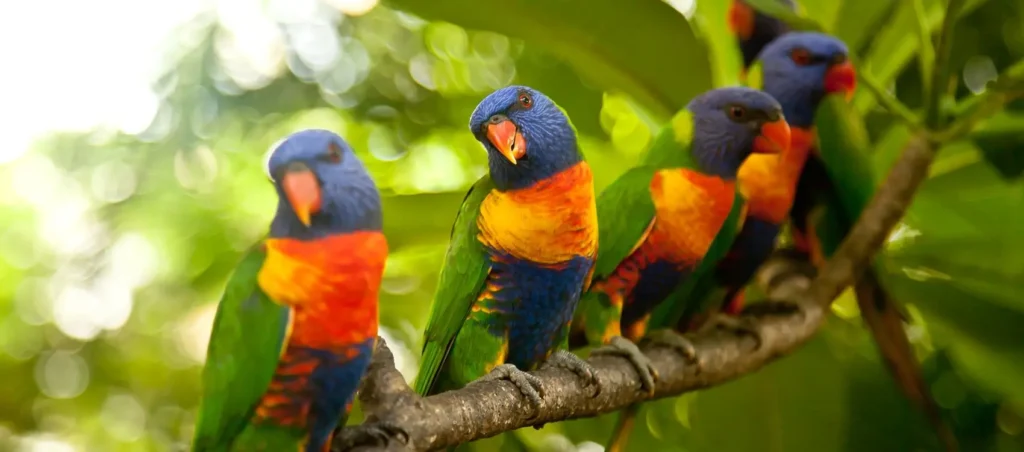
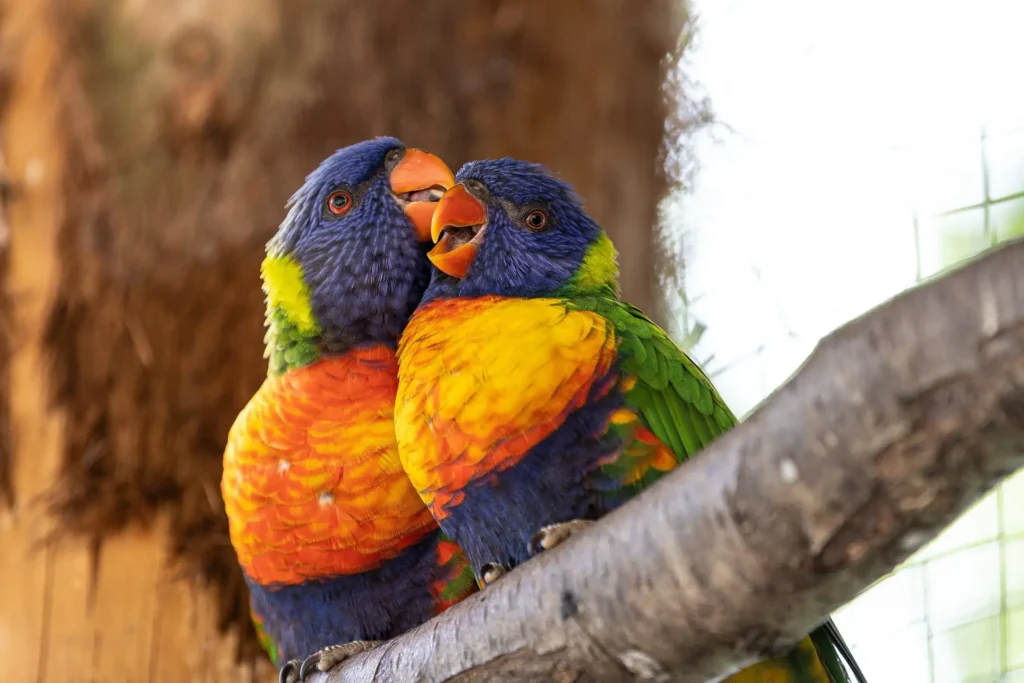
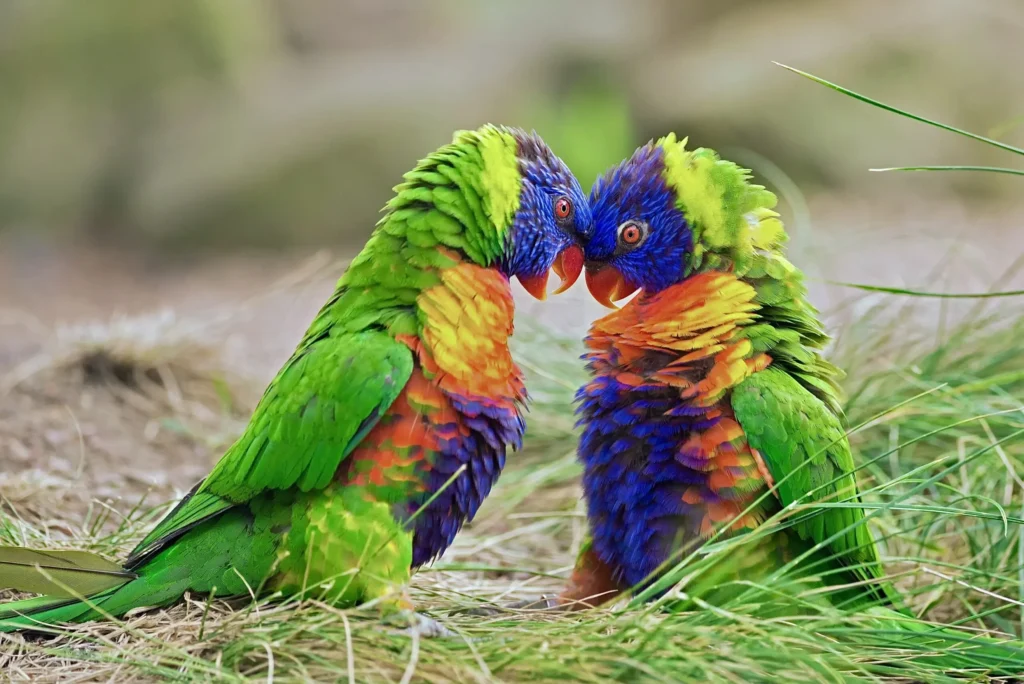
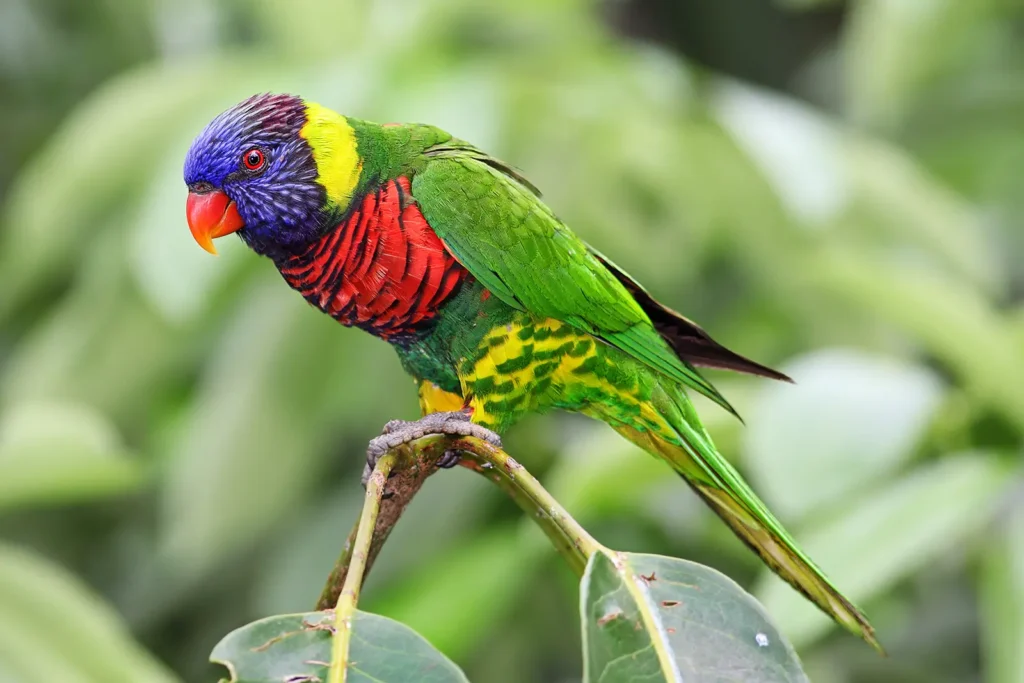
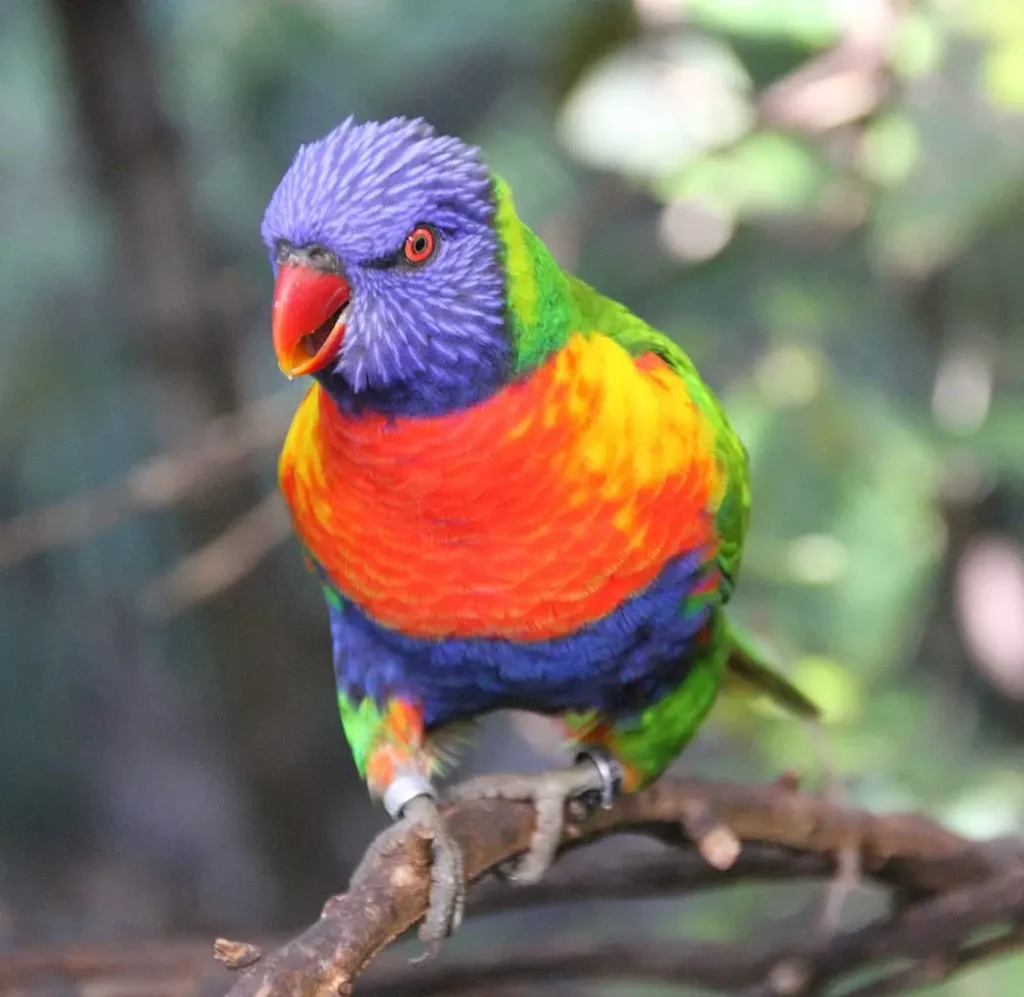
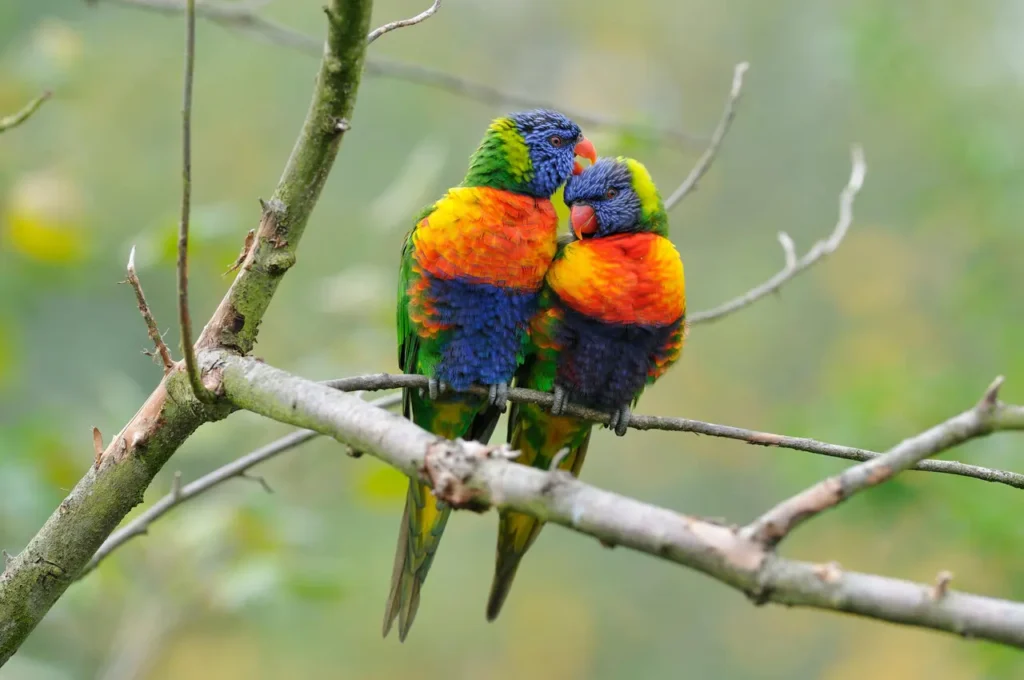
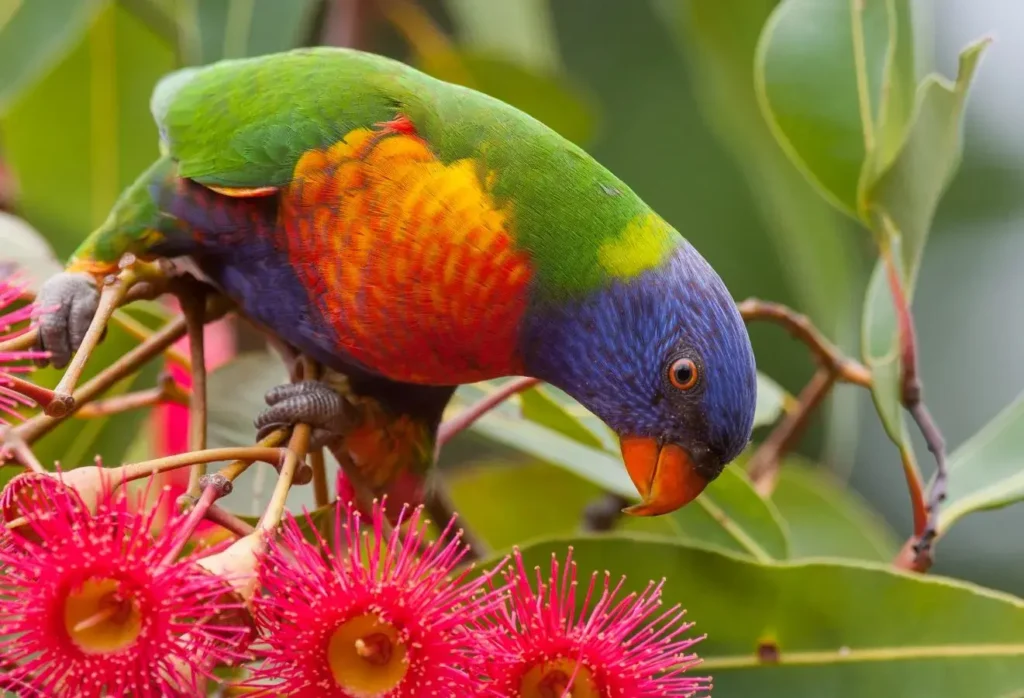
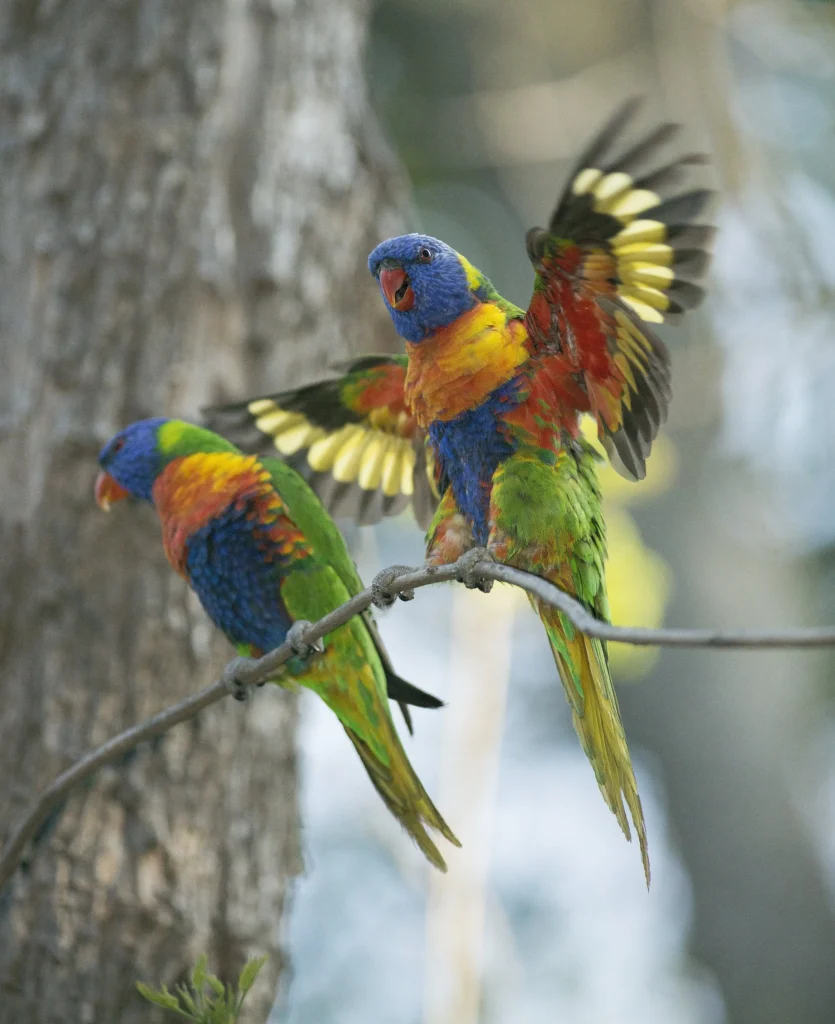
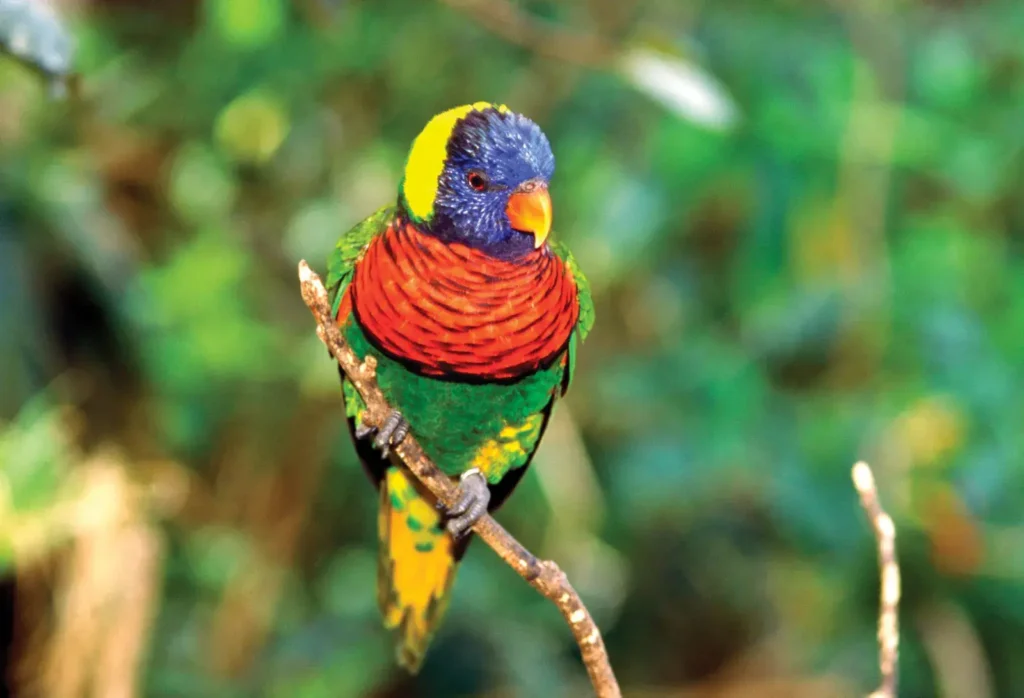
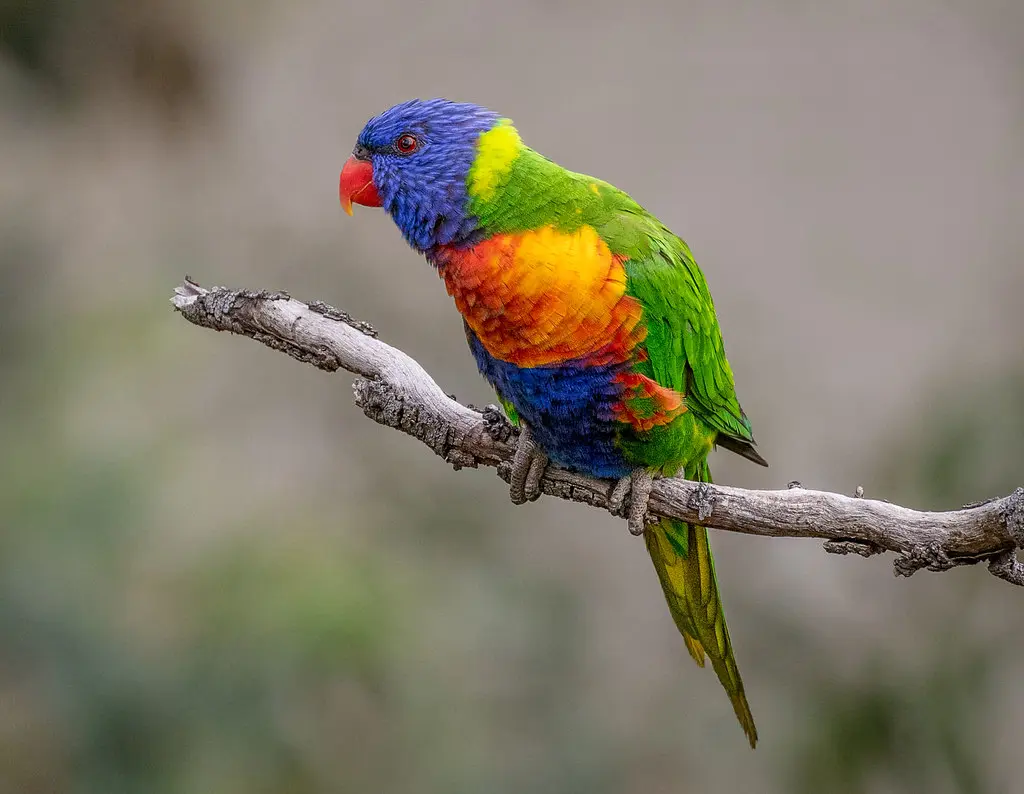
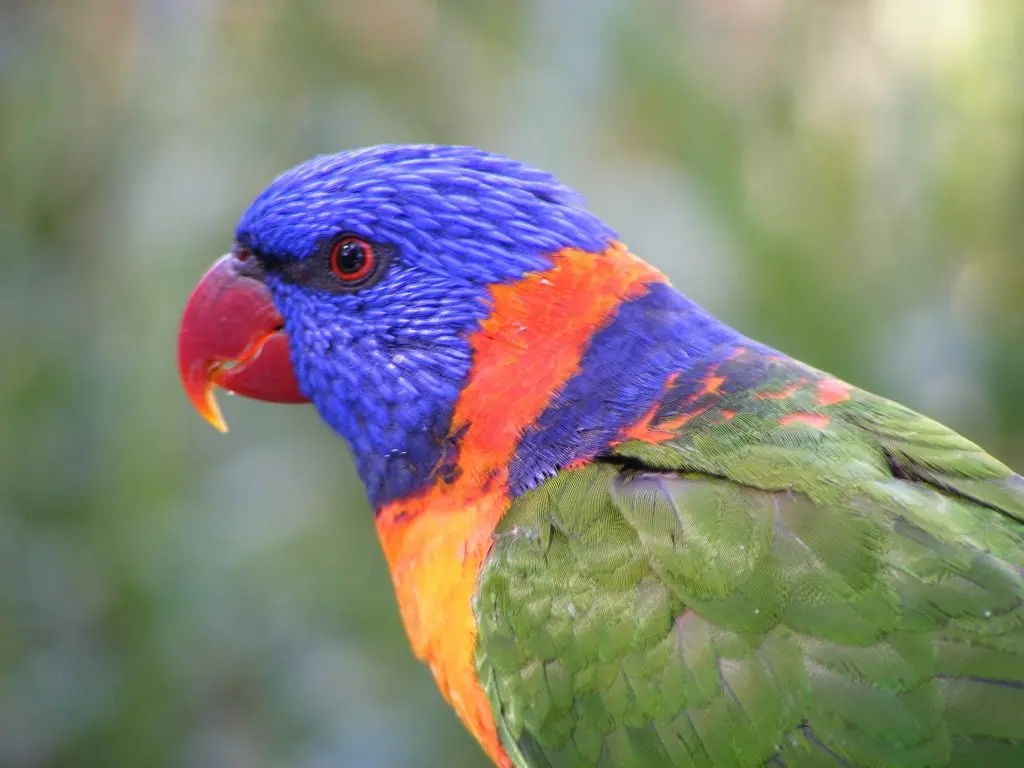
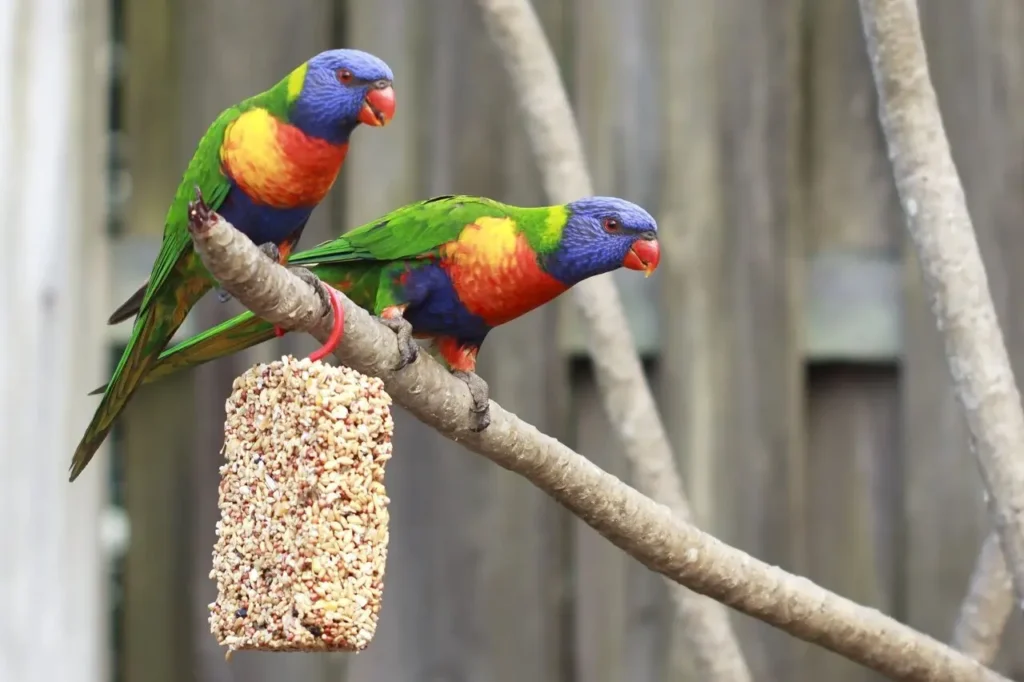
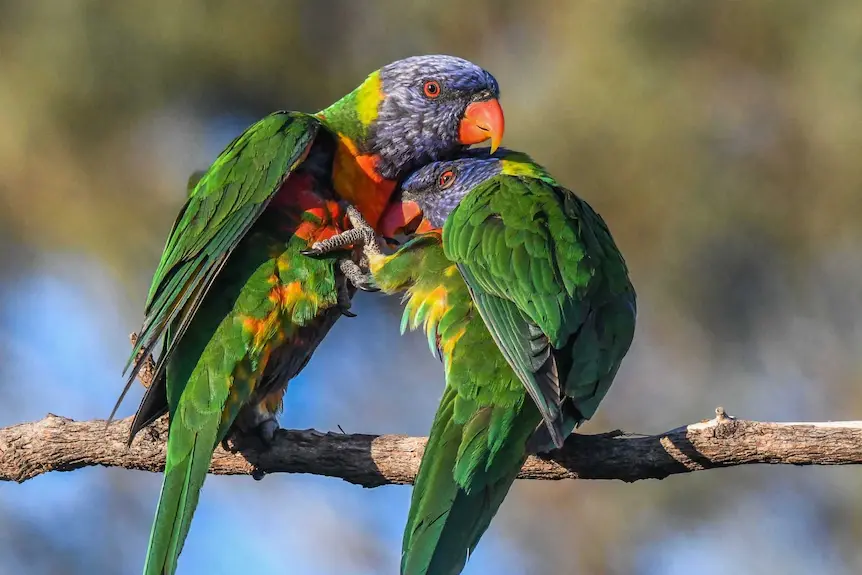
Appearance and Plumage
The Rainbow Lorikeet is a medium-sized parrot with a length of around 12 to 14 inches (30 to 35 centimeters). Its most striking feature is its vividly colored plumage, which appears as a kaleidoscope of vibrant hues. The head and upper breast display shades of deep blue, while the lower breast and belly showcase bright red. The wings combine green, blue, and yellow, creating a radiant display reminiscent of a rainbow. These vibrant colors, combined with its sleek body and pointed tail, make the Rainbow Lorikeet a true visual spectacle.
Behavior and Social Interaction
Rainbow Lorikeets are known for their energetic and social nature. They are highly sociable birds and are often seen in flocks, engaging in playful interactions with their companions. These parrots possess a joyful and outgoing personality, and their curious nature often leads them to explore their surroundings, including urban areas and gardens where they may visit feeders or flowering trees. Their lively squawks and chirps contribute to the lively chorus of bird calls in their habitats.
Feeding Habits
Rainbow Lorikeets have a unique dietary preference for nectar, pollen, and fruits. They possess specialized tongues and brush-like structures on their tongues called papillae, which allow them to extract nectar from flowers efficiently. They are often observed feeding on native flowering trees, such as eucalyptus and banksia, as well as introduced species like bottlebrush and grevillea. They supplement their diet with pollen, seeds, and occasional insects.
Habitat and Distribution
Rainbow Lorikeets are endemic to Australia, with their range spanning across the eastern coastal regions from Queensland to South Australia. They inhabit a variety of environments, including rainforests, woodlands, coastal areas, and urban landscapes. These adaptable birds have successfully adapted to human-altered habitats, making them a common sight in suburban gardens, parks, and even city centers.
Conservation and Threats
While Rainbow Lorikeet populations are currently stable and not considered globally threatened, habitat loss and degradation pose potential risks to their long-term survival. Deforestation, urbanization, and the removal of native vegetation can limit their food sources and nesting sites. The introduction of non-native species, such as European honeybees, can also compete for nectar resources. Conservation efforts focused on habitat preservation, planting native flora, and raising awareness about responsible pet ownership are crucial to ensure the continued thriving of these vibrant parrots.
Interaction with Humans
Rainbow Lorikeets have captured the hearts of bird enthusiasts and birdwatchers with their stunning beauty and engaging behavior. Their adaptability to urban areas often leads to close encounters with humans, where they can be seen feeding from bird feeders or interacting with people in parks and gardens. However, it is important to remember that these birds are wild animals and should be appreciated from a respectful distance. Feeding them inappropriate food can disrupt their natural diet and lead to health issues.
The Rainbow Lorikeet is a true avian gem, enchanting observers with its vibrant colors, playful behavior, and adaptability. Its presence brings a sense of joy and wonder to its native Australian habitats and serves as a reminder of the diverse beauty found in the avian world. By fostering conservation efforts, preserving their natural habitats, and appreciating these birds in their wild state, we can ensure that future generations can continue to delight in the colorful presence of the Rainbow Lorikeet.
